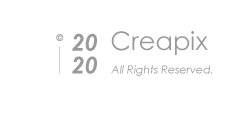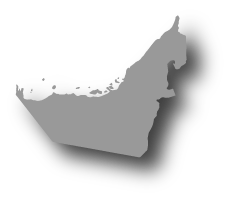2019-09-12
A Study of 597 Logos Shows Which Kind Is Most Effective
Jonathan Luffarelli
2019-09-12
A Study of 597 Logos Shows Which Kind Is Most Effective
Source: hbr




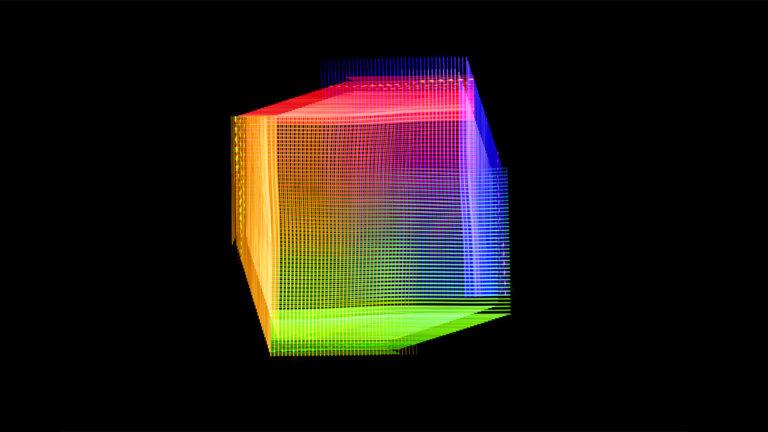
Imagine you are a marketing manager about to launch a brand called Noxu, which markets jigsaw puzzles. You just received an email from your CEO, asking you to choose between two logos. Your goal is to choose the one that will make the launch more successful. Which logo should you choose: the one on the right or the one on the left?
Good arguments can be made for either. For instance, if you picked the one on the left, you might have thought your customers prefer simpler designs. If you picked the one on the right, you might have thought the outline of the puzzle piece provides valuable information about the product.
The objective of our latest research was to assist managers with such a choice. To explore whether and when brands benefit more from descriptive or nondescriptive logos, we conducted seven experimental studies and analyzed the effect of logo design on brand equity for 597 companies. If you have not guessed it yet, the logo on the right is what we consider descriptive, and the logo on the left is what we consider nondescriptive.
Do Logos Really Matter?
Logo design choices might seem inconsequential to some. But getting the design right is important for a number of reasons. A well-designed logo can offer substantial benefits to brands. It can help pique the interest of consumers, differentiate brands from competitors, facilitate brand recognition, influence investors’ decisions, and convey what a brand is all about. A logo is also a ubiquitous communication tool that might appear on your company’s products, website, annual report, entryway, and even on your business cards. It is thus a brand element that is frequently seen by stakeholders, particularly consumers.
Furthermore, the design characteristics of logos can considerably impact consumer behavior and brand performance. Prior studies on logos have shown that their simplicity or complexity can influence the funding decisions investors make, and that their symmetry or asymmetry can boost brand equity.
What Is a Descriptive Logo?
A descriptive logo is a logo that includes textual or visual design elements (or a combination of the two) that clearly communicate the type of product or service a brand is marketing. For instance, the logo of Burger King and that of the New York Islanders (a sports franchise) are descriptive. The former contains the word “burger” and two hamburger buns. The latter includes an ice hockey stick and a puck. Conversely, the logos of McDonald’s and the Minnesota Wild (another sports franchise) are nondescriptive. They contain design elements that are not indicative of the type of product or service these brands are selling.

The question of whether to use a descriptive logo or a nondescriptive logo often arises during design meetings. In recent years several brands have modified their logos to make them more descriptive, while others have made their logos nondescriptive. Dunkin’ removed the word “donuts” and the coffee cup from its logo, making it nondescriptive. Conversely, Animal Planet made its logo even more descriptive by adding an elephant to the design. In our analysis, we found that about 60% of companies used a nondescriptive logo, while 40% used a descriptive logo.

However, as our research demonstrates (albeit with certain qualifications and under certain conditions), descriptive logos more favorably impact consumers’ brand perceptions than nondescriptive ones, and are more likely to improve brand performance.
What Power Does a Descriptive Logo Have?
Our studies and analyses reveal that it is easier for consumers to visually process descriptive logos and understand what a brand markets as a result. We also found that, compared with nondescriptive logos, descriptive logos:
- make brands appear more authentic in consumers’ eyes
- more favorably impact consumers’ evaluations of brands
- more strongly increase consumers’ willingness to buy from brands
- boost brands’ net sales more
In one study, for instance, participants were randomly assigned to one of two groups. One group was shown a descriptive version of the logo of a sushi restaurant, while the other was shown a nondescriptive version of the same logo. Each logo was accompanied by the same short description of the restaurant. After participants read the description of the restaurant and viewed their assigned logos, they indicated on Likert scales how authentic they thought the restaurant was and how much they liked it. We compared the responses of the two groups and discovered that participants in the group exposed to the descriptive logo found the brand more authentic and liked it more than participants in the other group.
In another study, we analyzed a data set on 423 business-to-consumer brands. To create this data set, we acquired each brand’s financial information (such as net sales, advertising and R&D spending, and total assets). We then obtained their logos and asked research assistants — who did not know the purpose of our study — to code whether these logos were descriptive or nondescriptive, as well as 13 other design characteristics of the logos (such as symmetry, shape, color). Using a regression analysis, we explored the effect on net sales of having a descriptive or nondescriptive logo. The financial information we gathered and the 13 logo design characteristics served as control variables. The results showed that a descriptive logo has a greater positive effect on sales than a nondescriptive one.
When we tested our findings on the logos of 174 early-stage startups, they held true. We presented their logos and product descriptions to 2,630 individuals and found that descriptive logos were more often associated with a higher willingness to buy.
Is the Power of a Descriptive Logo Absolute?
The benefits of using a descriptive logo are, of course, not experienced in the same way by every brand. We compared the effects of having a descriptive logo for brands that are familiar to consumers and brands that are unfamiliar. We observed that although having a descriptive logo had a positive effect on brand equity for both familiar and unfamiliar brands, the magnitude of this positive effect was much smaller for the familiar brands. This is easily explained by the fact that, when consumers are familiar with a brand, they know more about it and are thus less likely to be influenced by the logo design.
We also found that descriptive logos had a negative effect on brands that market products or services associated with sad or unpleasant things, like palm oil, funeral homes, and bug repellents. For such products or services, the design elements of a descriptive logo bring to mind the negative concepts some consumers associate with them (deforestation, death, and bug bites).
What Can Companies Learn?
If you are considering creating or modifying a logo, our findings suggest that you might want to include at least one textual and/or visual design element that is indicative of the type of product or service your company offers. For instance, if you own a coffee shop, you should consider creating a logo that includes a coffee cup with hot steam rising from it. If you are about to open a bookstore, make sure you choose a logo that features a book. And if you work for Noxu, the fictitious jigsaw puzzle brand mentioned earlier, tell your CEO you want to use the logo shown on the right.
If, however, you work for a brand that markets a product or service that can easily bring to mind negative concepts, a nondescriptive logo is probably better. We also suspect that nondescriptive logos are better for companies that operate in several unrelated business segments, such as Uber, Procter & Gamble, and the Walt Disney Company. For these companies, a logo that is indicative of the unrelated products or services they offer might be unappealing and confusing. Brands that do not want to be strongly associated with a specific product should also avoid descriptive logos. For example, the decision to change the Dunkin’ logo likely arose from the company’s desire to become more associated with products like bagels.
Of course, we are not contending that a descriptive logo guarantees the successful launch of a brand, or that the logo is the most important brand element to consider. We are arguing that underestimating the importance of logo design and the power of descriptive design elements can, sometimes, be a costly mistake.
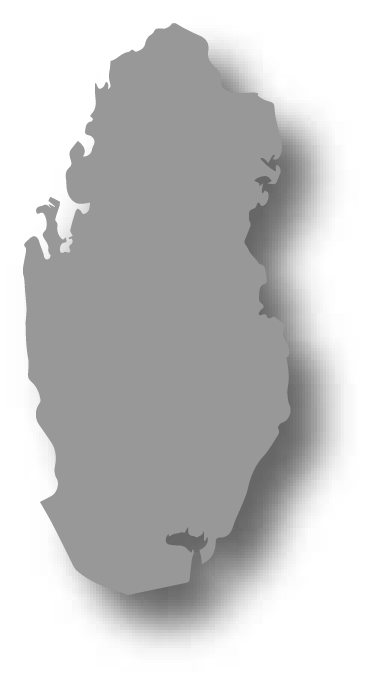

Qatar

Commercial bank tower, West Bay,
15th floor, Doha, Qatar
PO Box 27111
+ 974 50 239 329
QATAR@CREAPIX.NET
